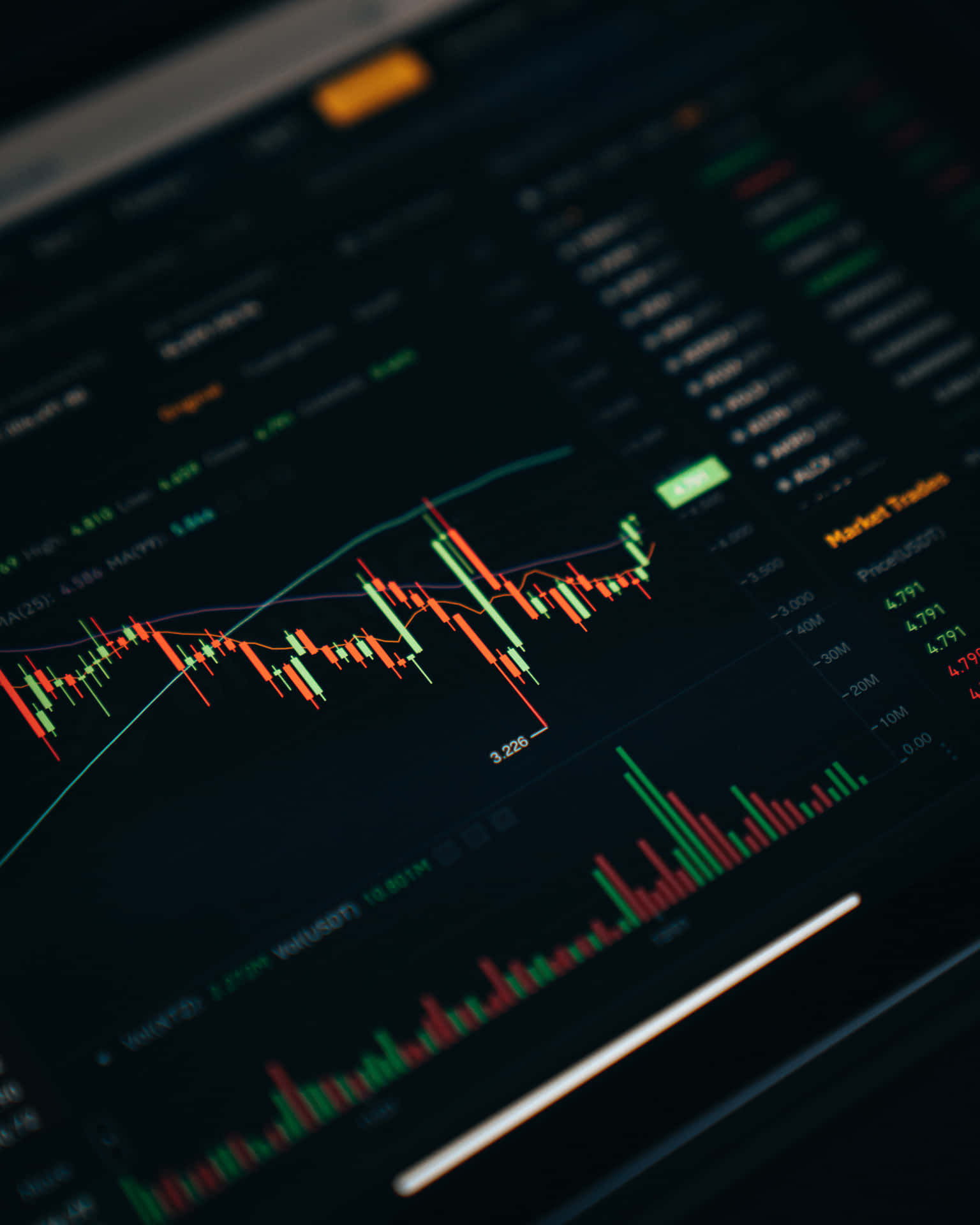The realm of foreign exchange trading offers endless possibilities for those looking to dive into the currency market. Whether you are a complete beginner trying to understand the basics of Forex trading or an veteran trader seeking proven strategies, having the appropriate tools at your fingertips is essential. The Forex market functions 24 hours a day, and being armed with the right resources can result in a meaningful difference in your trading journey.

Comprehending how the Forex market operates in easy-to-understand terms is just the start. With various strategies, the functions of leverage, and market influences at play, knowing which tools to utilize can help you navigate the intricacies of trading. From becoming proficient in technical indicators to grasping the impact of economic news, this article will showcase key resources and insights that all trader should keep in mind on their path to achievement in Forex trading.
Understanding Forex Basics
The currency exchange market, commonly known as Forex, is the world's largest financial market, where money are bought and sold. Differing from stock markets, which function on specific exchanges, Forex trading occurs in a decentralized manner, meaning transactions happen directly between parties, enabling a global network of buyers and sellers. Foreign currencies are traded in pairs, with every single transaction requiring the exchange of one currency into another. This market is open 24 hours a day, five days a week, providing many opportunities for traders worldwide.
Forex trading is founded on the concept of currency pairs, which feature a base currency and a quote currency. For example, in the EUR/USD pair, the euro is the primary currency, while the US dollar is the secondary currency. The conversion rate indicates how much of the secondary currency is needed to acquire one unit of the base currency. Understanding these pairs is essential for traders as they reflect the relative strength of one currency in comparison to another, shaped by economic factors, geopolitical stability, and market sentiment.
Leverage is a key feature of Forex trading, enabling traders to control greater positions with a relatively small amount of money. By using borrowed https://www.forexcracked.com/forex-ea/ , traders can amplify their profits, but it also increases the risk losses. Thus, it is important for new traders to understand how leverage functions and its impact on their trading plan. By learning the basics of Forex, traders can build a solid knowledge that will guide their trading journey and enhance their ability to make decisions.
Successful Forex Trading Techniques
An robust trading strategy is vital for success in the Forex market. One popular approach is the use of market indicators, which help traders make knowledgeable decisions based on previous price movements and market trends. Indicators such as MA, RSI and MACD can provide insightful insights into likely entry and exit points. Using these tools along with a solid understanding of market behavior can enhance a trader's ability to navigate the nuances of the market.
Another key strategy involves managing risk. This includes defining appropriate stop loss and take profit orders to protect against major losses while maximizing gains. A thorough understanding of the risk-to-reward ratio is necessary, as it helps traders assess the possible profitability of each trade. By repeatedly applying effective risk management techniques, traders can maintain control and avoid impulsive decision-making during choppy market conditions.
Swing trading and scalping are two unique trading styles that can be beneficial based on individual styles and market conditions. Position trading seeks to profit on brief price movements, allowing traders to hold positions for several days, which can be easier than day-trading styles. On the other hand, quick trading entails making numerous trades within a single day to capture small price changes. Comprehending these strategies and selecting the appropriate one can significantly impact a trader's success and overall satisfaction in the Forex market.
Risk Management and Psychology
Successful risk management is essential for sustainability in Forex trading. Experienced traders understand that the secret to preserving capital lies in defining appropriate risk limits. This often involves determining how much of your trading account you are prepared to risk on a single trade. Many traders stick to the principle of risking no more than 1-2 percent of their total account balance on each trade. This method helps mitigate significant losses that could endanger your trading career.
In addition to overseeing risk, understanding the mental factors of trading is essential. Feelings such as fear and excessive desire can result in poor decision-making, which can negatively affect trading performance adversely. Profitable traders cultivate emotional discipline, allowing them to stick to their strategies and avoid rash moves during market volatility. Techniques such as setting specific open and exit points, using stop loss orders, and maintaining a trading journal can help traders stay disciplined and engaged.
Moreover, maintaining self-control is a critical psychological skill that traders should develop. The Forex market can be uncertain, and often the best opportunities require patience for the right moment. Rushing into trades out of anxiety or eagerness can lead to mistakes. By understanding the value of both risk management and psychological control, traders can boost their chances of profitability and create a sustainable trading practice.
